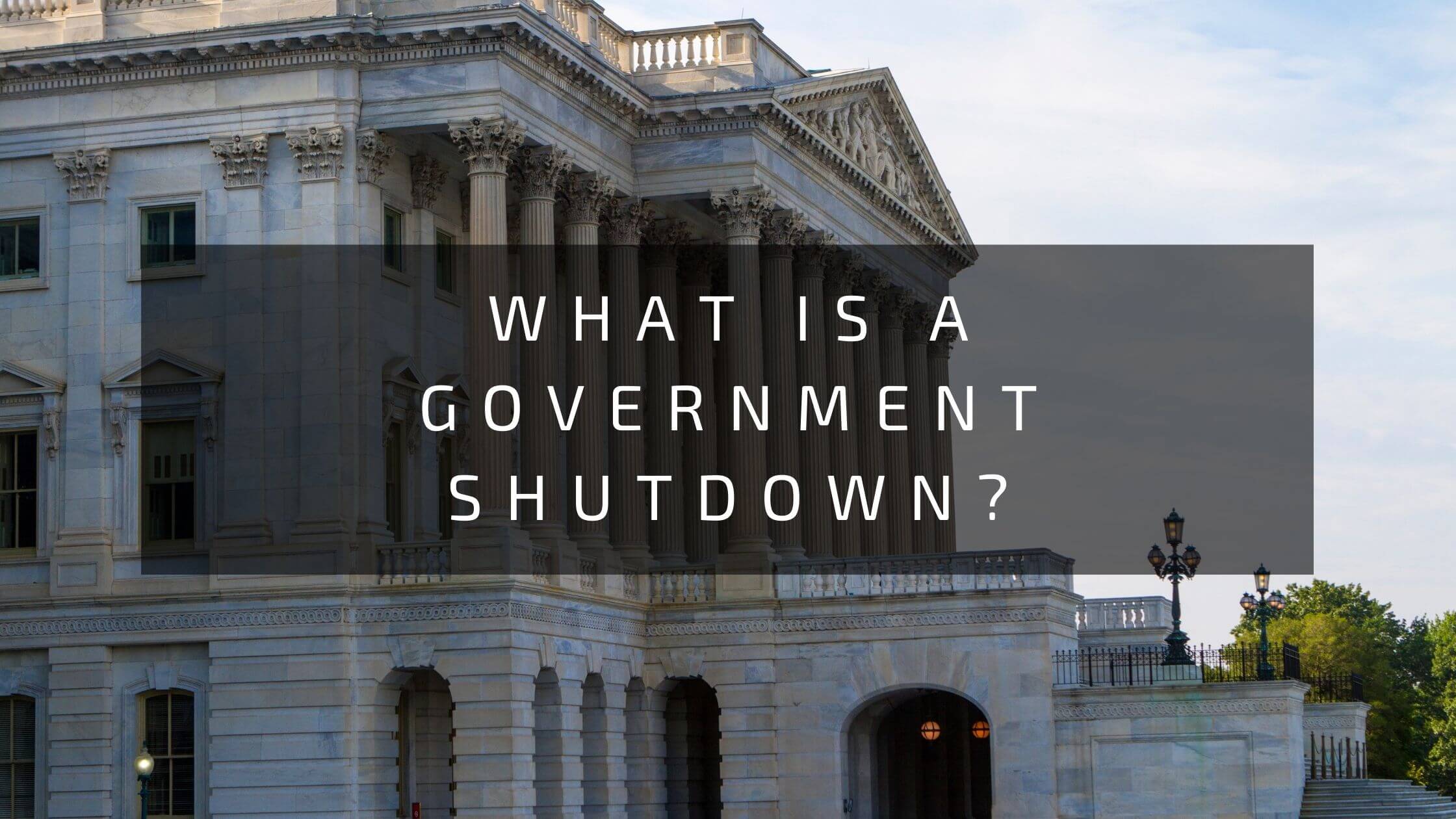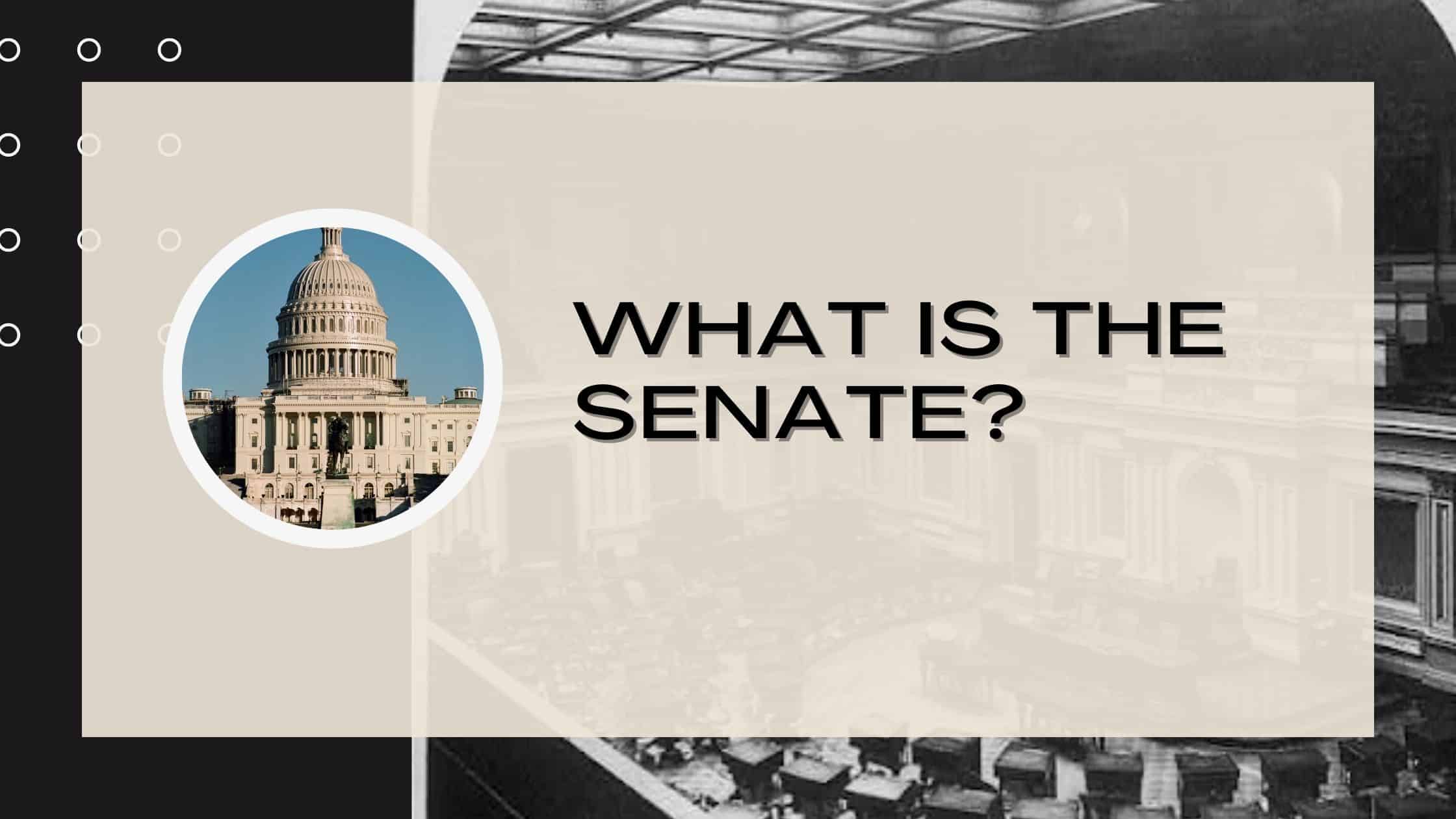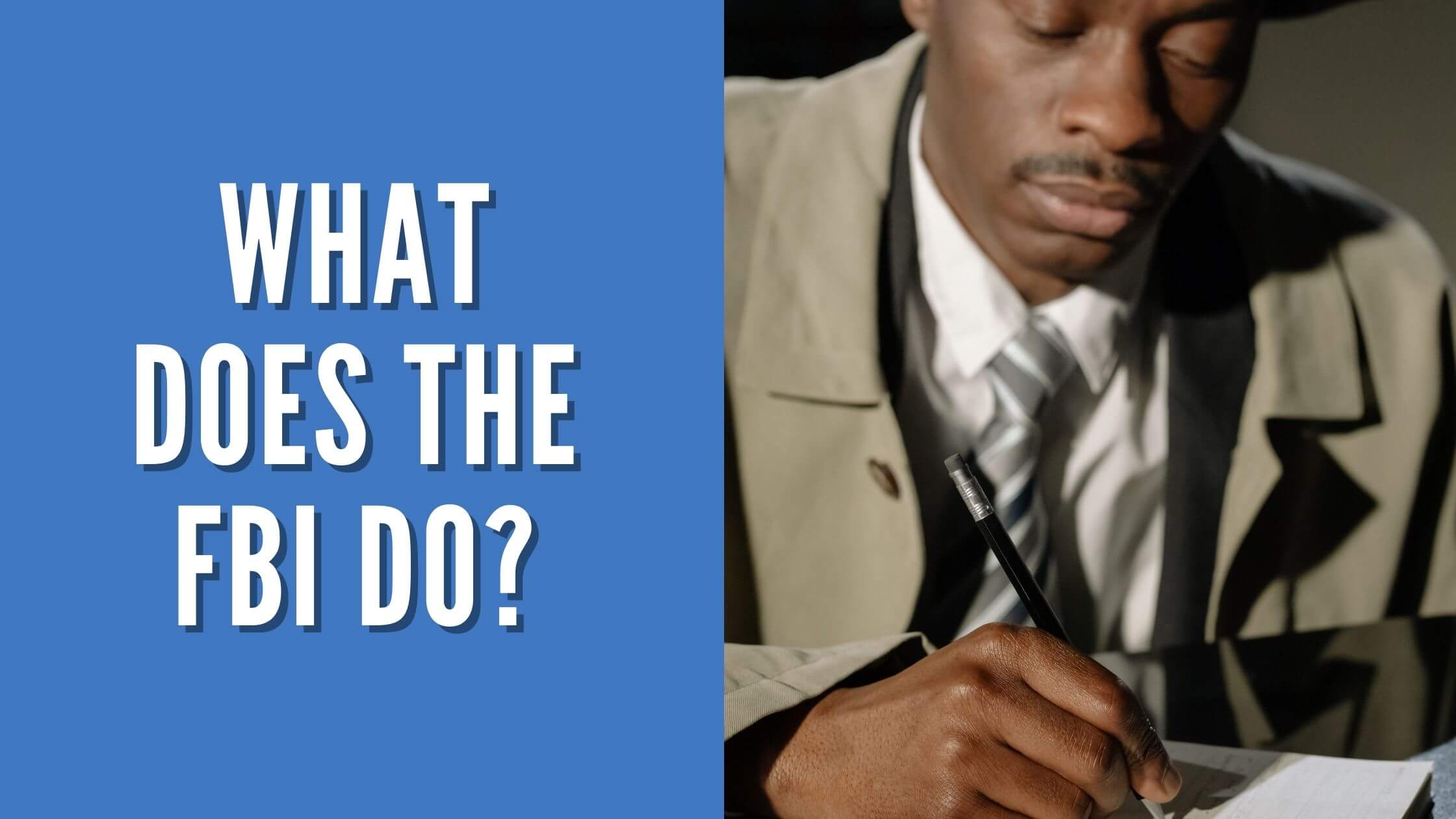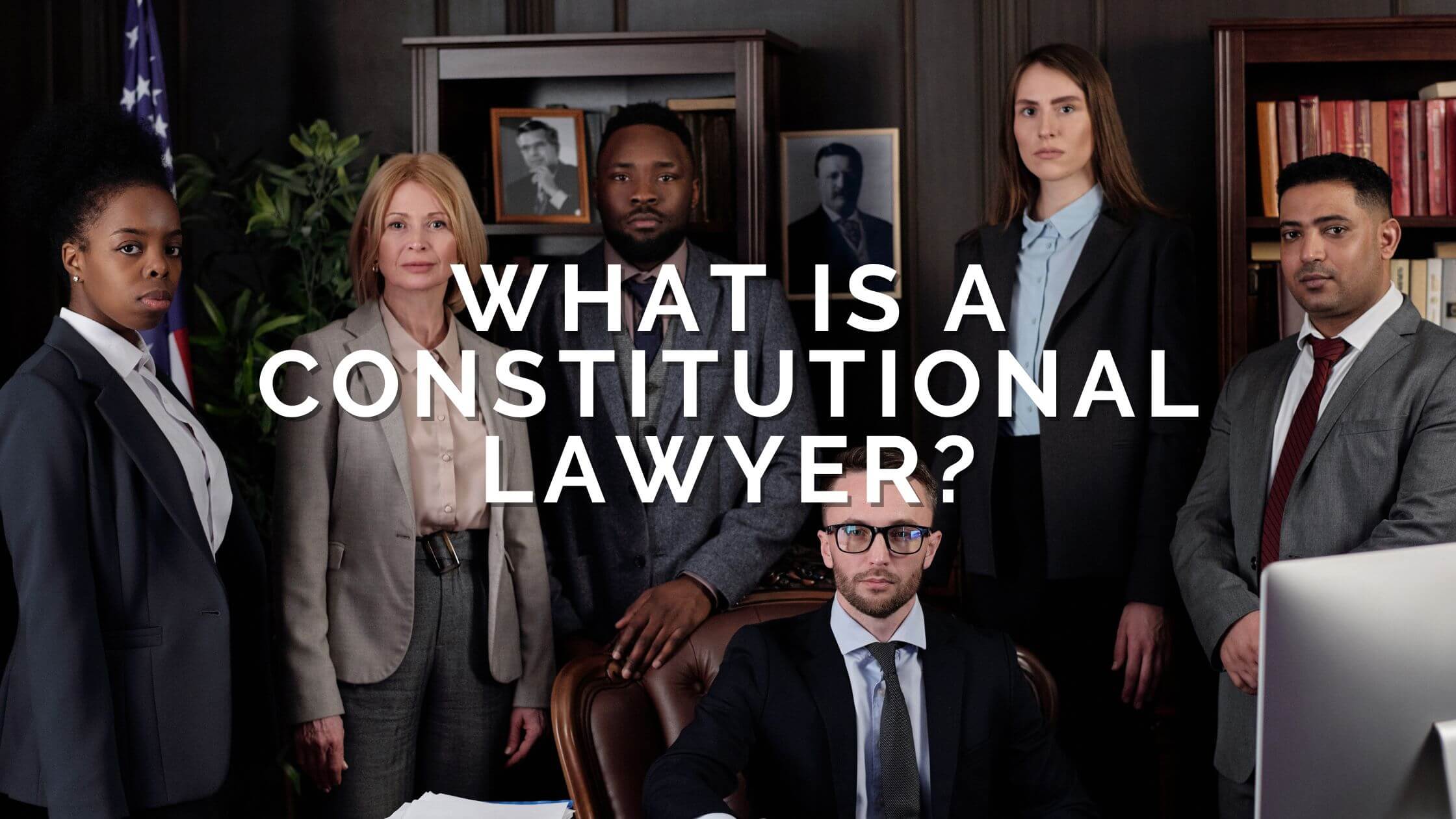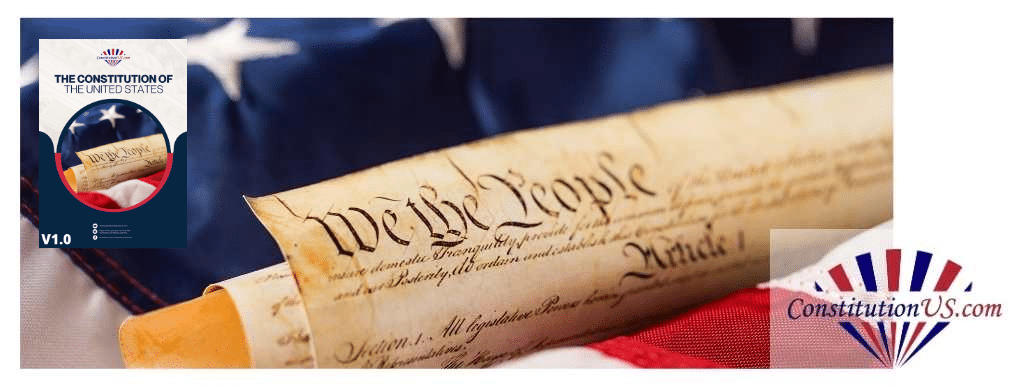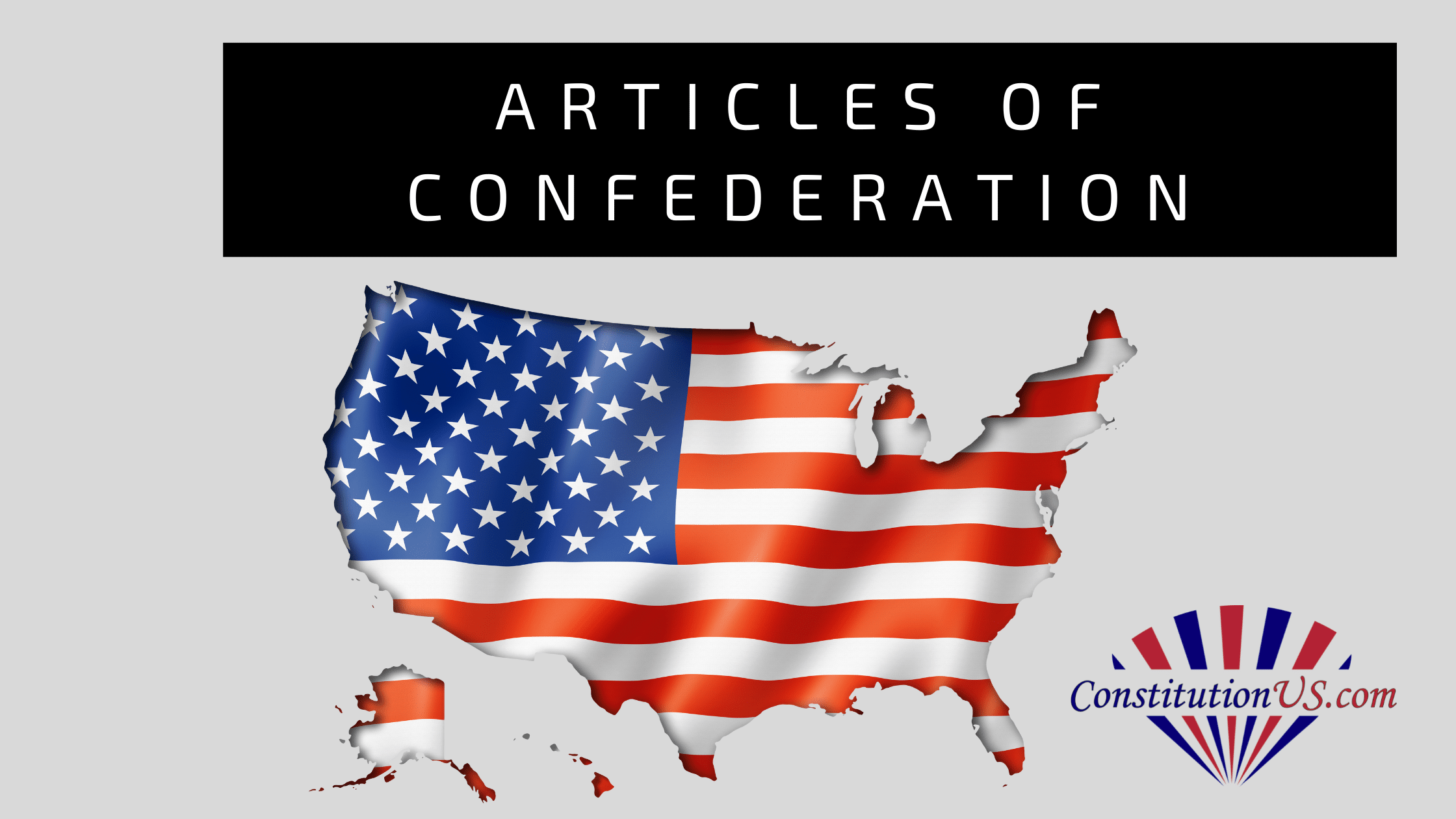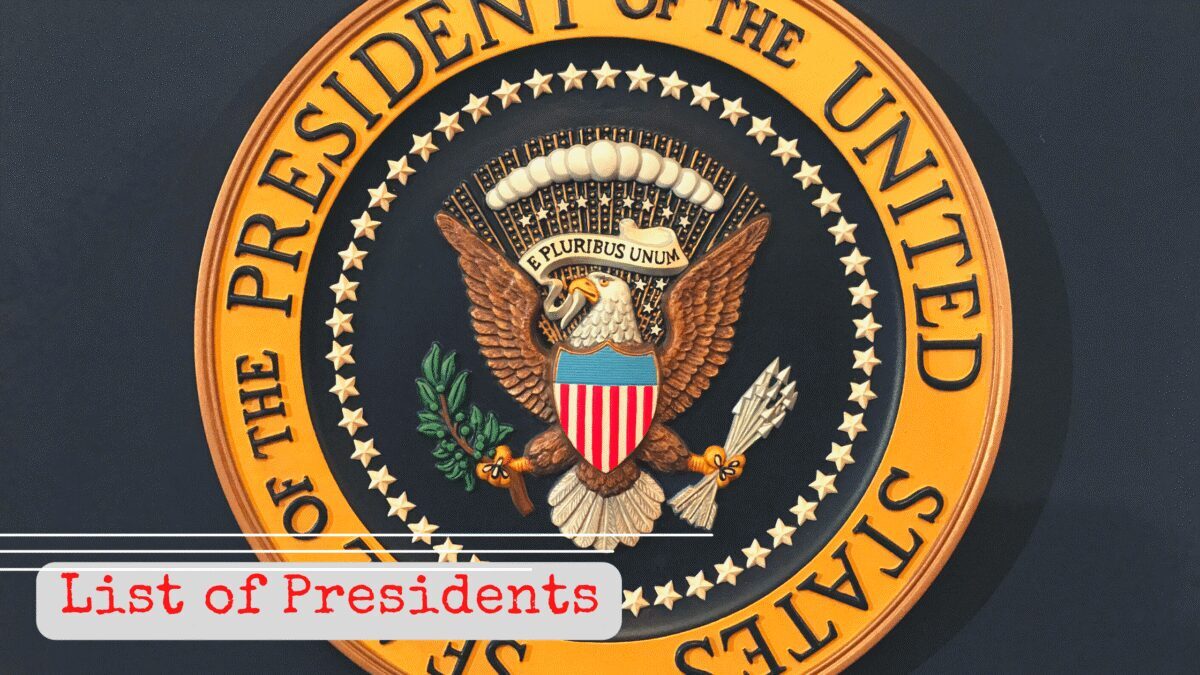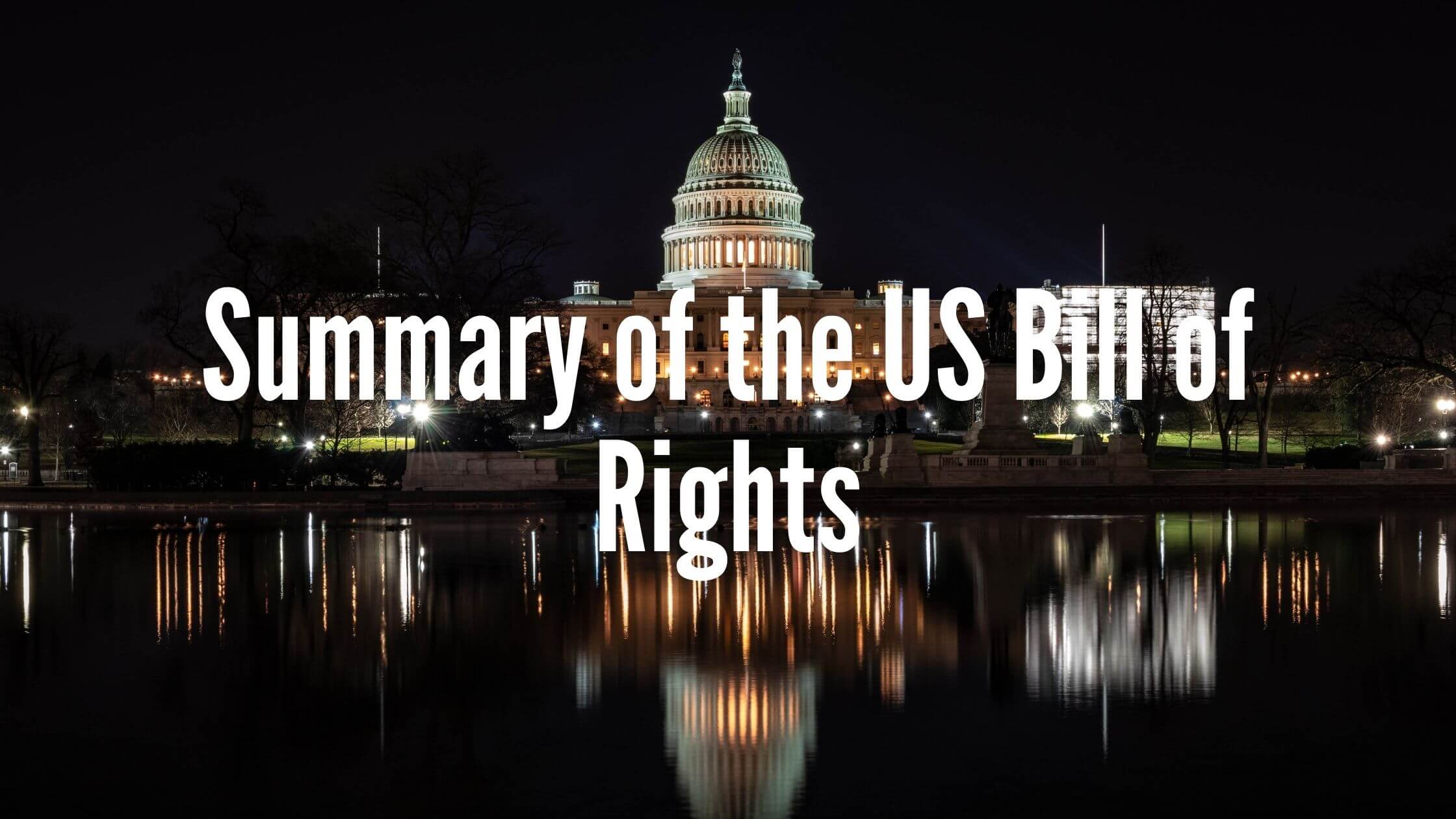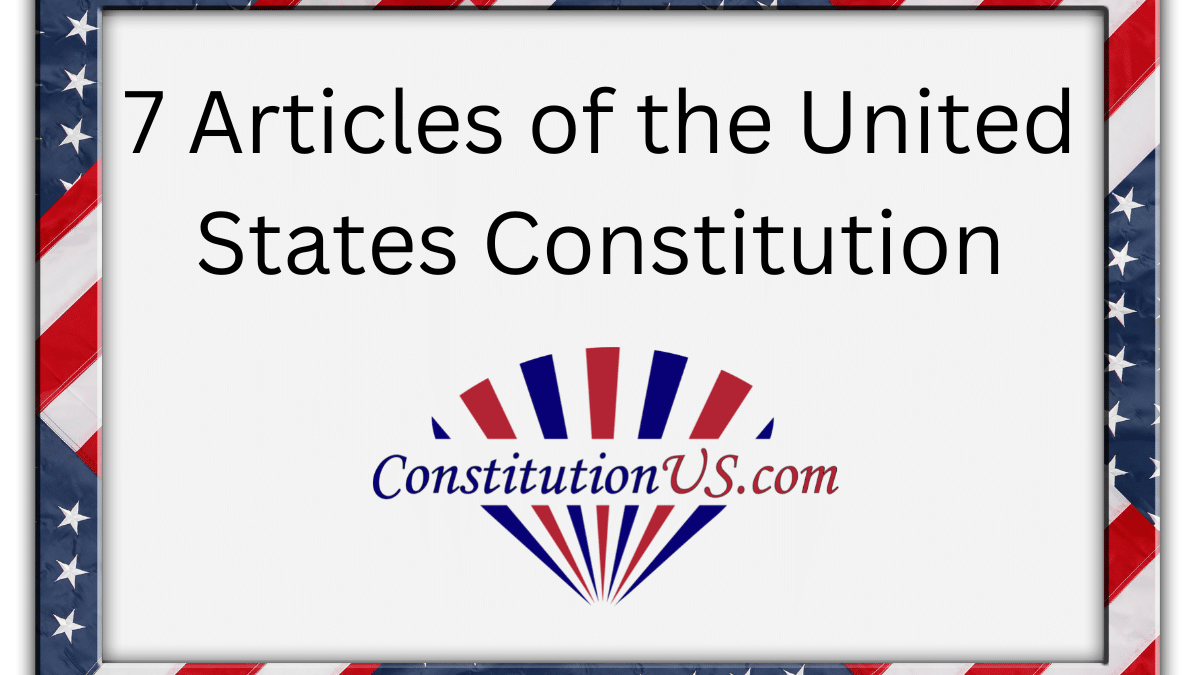Table of Contents
ToggleWhen the U.S. government runs out of approved funding, parts of it shut down. That’s called a government shutdown.
In October 2025, the U.S. federal government was in a shutdown, beginning on October 1 after Congress failed to pass new appropriations bills.
What is the definition of a government shutdown?
A government shutdown occurs when the U.S. federal government runs out of approved funding because Congress fails to pass the necessary spending bills, called appropriations, to keep agencies operating.
During a shutdown, many nonessential offices pause their operations until funding is restored.
The shutdown will last until an agreement is reached on how the government will be funded. There’s no limit to how long a shutdown could continue.
How Does a Government Shutdown Start?
A government shutdown begins when Congress fails to meet the deadline to pass the funding bills, known as appropriations, that keep federal agencies operational. The House of Representatives and the Senate each vote on these bills, and once both chambers agree, they are sent to the President to sign them into law.
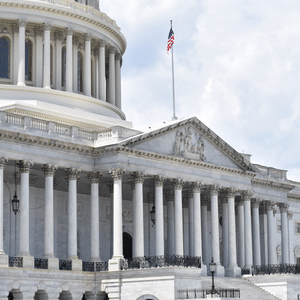
However, the budget may be rejected for various reasons by one or both parties. Any disagreement between the House or Senate, or any concerns the President has over the budget, could prevent it from being rubber-stamped, thus triggering a shutdown.
The shutdown will last from the deadline to the point when Congress agrees to pass a responsible federal budget and the President signs it.
The two groups can also establish a temporary agreement that allows for funding for a few weeks as necessary, allowing the shutdown to end. But a new federal budget or agreement will be necessary later to ensure the shutdown doesn’t start once more.

Get Smarter on US News, History, and the Constitution
Join the thousands of fellow patriots who rely on our 5-minute newsletter to stay informed on the key events and trends that shaped our nation's past and continue to shape its present.
What Happens As the Government Shuts Down?
Various nonessential government operations will be suspended during the government shutdown, while essential operations continue. Federal employees will be furloughed, meaning they will be on unpaid leave.
There are many noticeable signs of a shutdown:
- Banks will struggle to process loan applications as they won’t have easy access to the information they need from the government to move forward.
- The Small Business Administration won’t be able to approve small business loans.
- The Federal Housing Administration will stop approving home loans.
- Other programs that receive government funding may not be able to provide funds or services. These include various veterans’ benefits programs.
- Social Security benefit payments generally continue because they are funded by mandatory spending. However, administrative services like issuing new Social Security cards or processing certain changes may be delayed during a shutdown.
- Government agencies responsible for regulatory operations may be closed. Some Department of Agriculture food inspections may be delayed, and the National Institutes of Health (NIH) may pause reviews of research grants or other non-urgent projects. However, essential public-health and safety functions continue.
- People will be unable to receive new passports from the Department of State.
- The National Park Service will be forced to close national parks and monuments during the shutdown.
Types of Government Shut Downs
Not every shutdown affects the entire government.
A partial shutdown happens when Congress funds some departments but not others.
A full shutdown affects nearly all agencies. Programs funded by permanent or mandatory spending, such as Social Security or Medicare, typically continue to operate.
Who Will Stay Open During a Government Shutdown?
Federal workers considered critical to the health and safety of the public will continue to be operational, including active-duty military members, air traffic controllers, and employees at federal hospitals.
Agents with the Transportation Security Administration, Federal Bureau of Investigation, Customs and Border Protection, and the Drug Enforcement Agency will also continue to work.
Mail delivery services will continue during a shutdown because the Postal Service is self-funded and does not rely on congressional appropriations.
Are employees who are still working paid during the shutdown?
Essential federal employees who are still active during the shutdown may not receive payment for their work until after the shutdown ends. Since no funds are being made available, employees will have to wait until after the shutdown to receive payment for all the work they completed during the shutdown.
Congress can pass a separate measure to guarantee back pay for employees once the shutdown ends. Employees may also be eligible for temporary unemployment payments.
Can a Shutdown Impact the District Municipal Government?
The Washington, DC municipal government will remain open in most situations, as the local government may be interpreted as being essential. Some utility services and schools, though, may close during the federal shutdown.
How Long Can a Government Shutdown Last?
A government shutdown can last for as long as it has to, only ending when Congress and the President can agree on a spending bill that allows government agencies to function again.

The longest shutdown in the United States lasted 35 days, from December 2018 to January 2019. The shutdown stemmed from disagreements between President Donald Trump and Congress over funding for a U.S./Mexico border wall, among other contested budget items. The impasse prevented the passage of spending legislation, and the shutdown ended when a stopgap funding bill was passed and signed to restore operations temporarily.
Congress can also pass a temporary spending bill, known as a continuing resolution (CR), to reopen the government for a short period while budget talks continue.
What is the longest government shutdown?
The United States federal government shutdown from December 22, 2018, to January 25, 2019, was the longest in American history, lasting 35 days.
Have Other Shutdowns Happened?
Since the 1980s, the U.S. has experienced several federal government shutdowns (where nonessential operations were suspended). Notable examples include:
- Before 1980, Congress experienced several funding gaps, including in 1977, but these did not cause full shutdowns under today’s rules.
- A 21-day shutdown in late 1995 and early 1996 occurred after Republicans demanded that President Bill Clinton use a seven-year time frame for handling government funding.
- The government was shut down for a few hours in February 2018 after one Senator held up a vote for a budget.
- On October 1, 2025, the U.S. federal government entered a shutdown due to Congress’s failure to pass appropriations legislation, resulting in furloughs and suspension of nonessential services.

Economic Effect of Government Shutdowns
Shutdowns can hurt the economy. Each day the government is closed costs billions of dollars in lost productivity and delayed contracts.
The Congressional Budget Office (CBO) reported that the 2018–2019 government shutdown reduced U.S. GDP by about $11 billion, with around $3 billion in permanent losses that were not recovered after the shutdown ended.
Can Local Governments Also Shut Down?
The United States is not just vulnerable to a federal government shutdown. Any local government in the country could shut down if it cannot receive the funding it requires from the government.
In 1992, California faced a 63-day budget impasse under Governor Pete Wilson. The state operated without an approved budget and issued IOUs to cover some obligations, but essential government services continued to operate.
American territories can also shut down, with Puerto Rico doing so for thirteen days in 2006. The territorial government ran out of funds for a few weeks, prompting public schools throughout the commonwealth to close temporarily.
